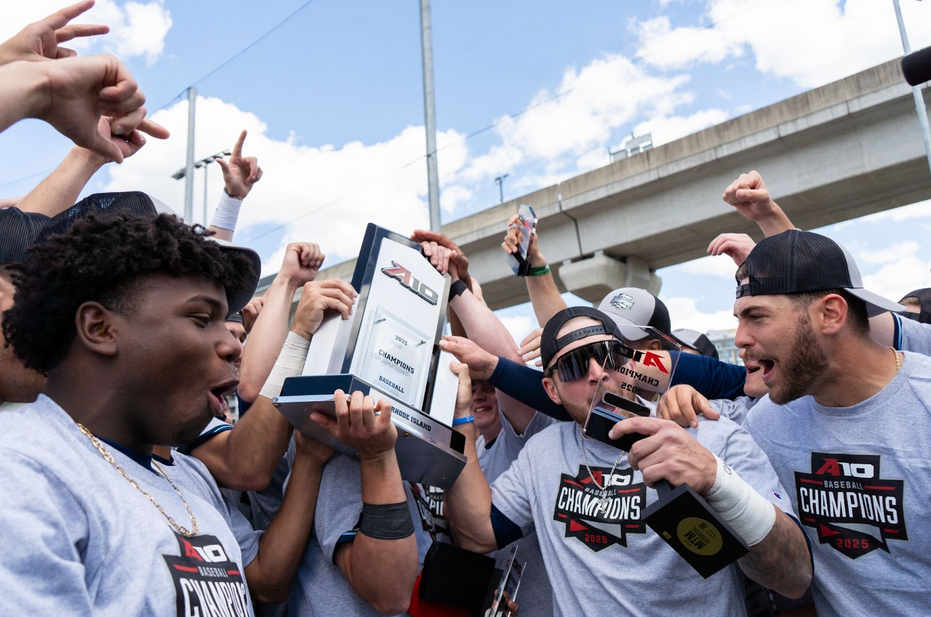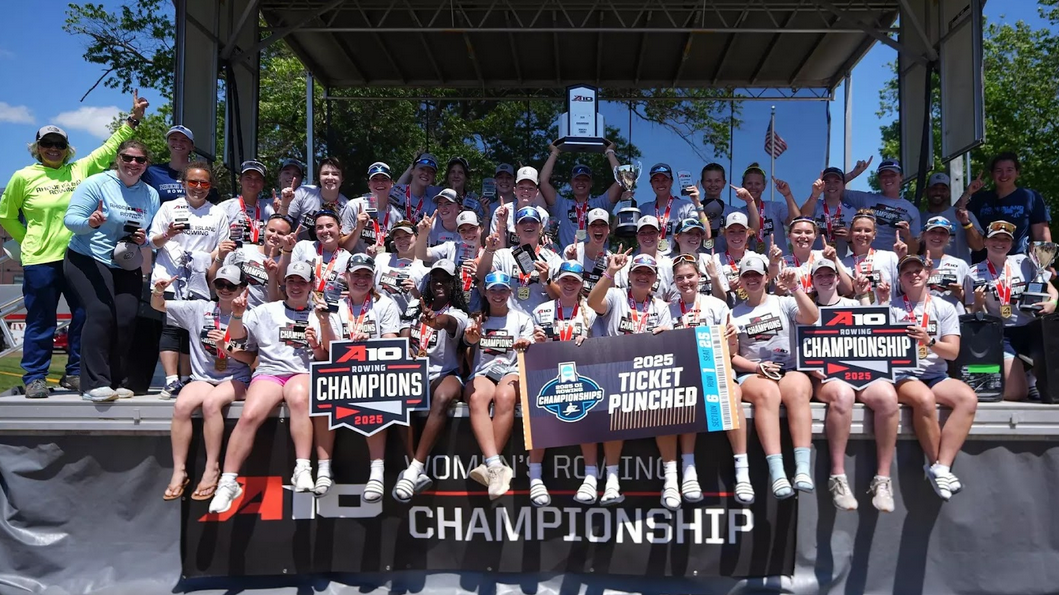With the University of Massachusetts leaving the Atlantic 10, the conference should look to two other northeastern universities to replace the Flagship.
The University of Vermont Catamounts are a viable option that the Atlantic 10 should explore to replace UMass. UVM men’s basketball has won two straight America East titles, four of the last five and 10 in the last 20 seasons. The Catamounts have National Collegiate Athletic Association success and recognition, with three NCAA tournament appearances in the last five years. The program would have four in the last five if not for the COVID-19 pandemic. Vermont would bring in publicity for the A-10 and the conference would provide a higher pedigree for the Catamounts.
UVM would also serve as another eastern team, just as UMass was. Although Burlington, Vermont is farther from other in-conference schools than Massachusetts was, it is still significantly closer to Philadelphia, Pennsylvania and Richmond, Virginia than other A-10 schools.
Burlington is about 630 miles to Richmond, a city that hosts two A-10 universities and is near the middle of all the programs. The distance from Chicago, Illinois, where Loyola University Chicago is located, to Richmond is about 800 miles.
A concern one could arise is that their arena is not large enough for the A-10. Although that could currently be a viable argument, UVM is designing a brand new arena to house the Catamounts’ men’s and women’s basketball programs.
Vermont makes sense for the Atlantic 10, and vice versa.
Due to the loss of UMass, the A-10 will be without a New England program. If the conference wants to continue having programs within New England, they should take a look at Quinnipiac University for the vacant space. Although their men’s basketball resumè is not as strong as the Catamounts’, the women’s basketball program has had its fair share of recent success. Notably, they defeated the University of Rhode Island Rams in the first round of the 2022 Women’s National Invitational Tournament. The Bobcats also stole a road win against the Rams on Nov. 30, 2023 at the Ryan Center this season.
The men’s basketball program is in first place in the Metro Atlantic Athletic conference and are looking to make the NCAA tournament this season.
The Bobcats would also restore a New England rivalry with their proximity to Rhode Island, like UMass has had with URI for decades. QU would be making a significant jump, but the University could handle it.
Aidan Garvey
Staff Reporter
While the A-10 has a large number of their programs clumped along the northeastern seaboard, programs like Saint Louis University and Davidson College have proved that westward and southern expansion is not out of the question. Two programs in these separate regions could prove to be the answer to the future hole in the Atlantic 10.
One program that has proved themselves to step up in competition is the College of Charleston, who currently reside in the Coastal Athletic Association. With recent success in the CAA, the Cougars are prime candidates for conference promotion.
Charleston has a winning percentage of .600 or over in seven of the last eight seasons, while boasting at least an .800 in the last two.
Along with their in-conference success, the Cougars have also been triumphant against A-10 programs in recent memory as well. Just this season, Charleston went 2-1 against A-10 opponents with wins against the University of Rhode Island (85-70) and Saint Joseph’s University (89-82), while losing to Duquesne University 90-72. Going back a season, the Cougars also topped the University of Richmond 90-92 and Davidson 89-66 in 2022.
Their season performance in the 2022-23 postseason sticks out the most. After winning the CAA conference championship, the Cougars fell to the eventual national runner-up San Diego State University in only a six-point loss.
With a recent proof of capability, the College of Charleston could fit the new hole in the Atlantic 10 well.
Contrary to Charleston’s situation, another program is in need of a demotion as opposed to an increase in conference ranking. As of Mar. 4, the DePaul University Blue Demons are the worst power-six conference team in the NCAA with a net ranking of 321 , 105 spots below the lowest ranked A-10 team Saint Louis at 216 .
The recent performances in the Big East from DePaul have been short of any relative amounts of success. The Blue Demons have only recorded one season over .500 in the last 17 years, and have not made the NCAA tournament in 20 seasons.
The 2023-24 season has stood out for DePaul as their worst year in recent memory. With an overall record of 3-26 as of Mar. 4, and an 0-18 record in the Big East, DePaul very well may end this season without a conference win.
The Big East just may be too grand a stage for the Blue Demons, and a shift down in competition can help to alleviate the struggle.



